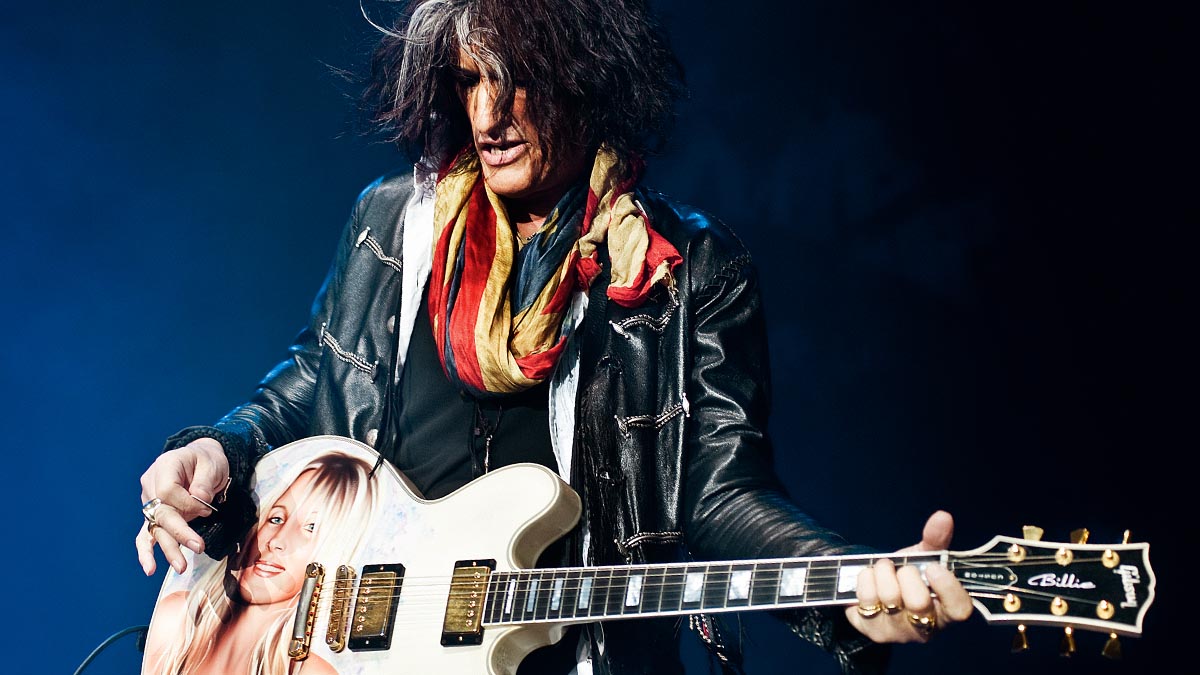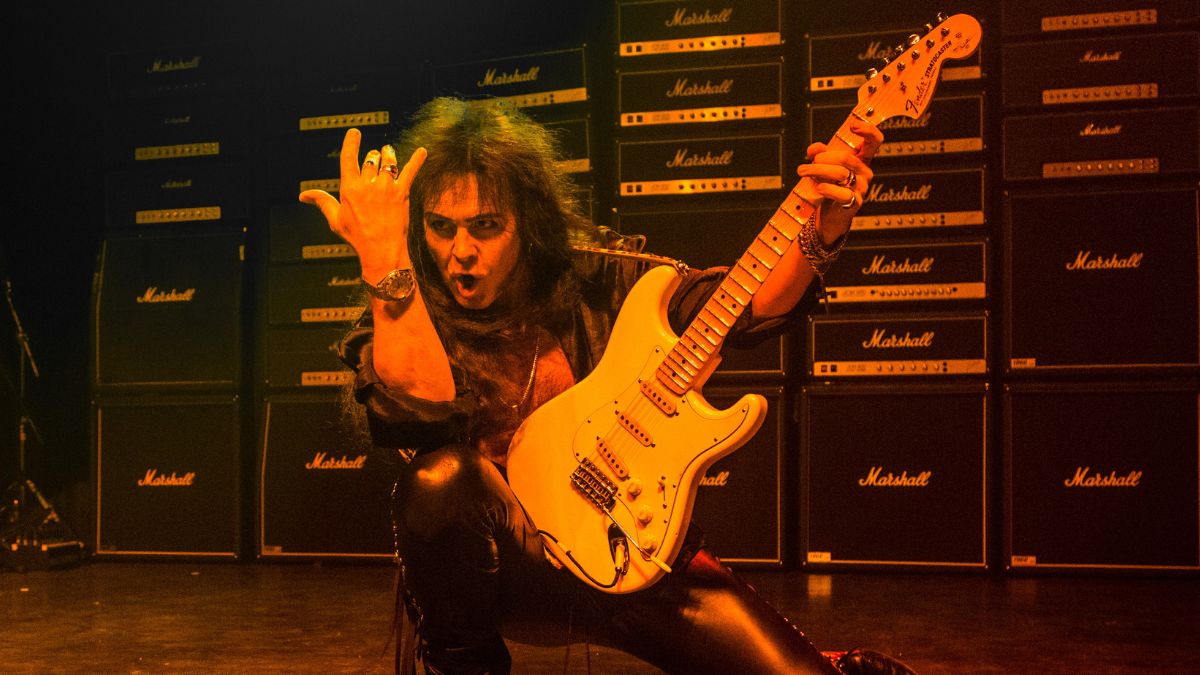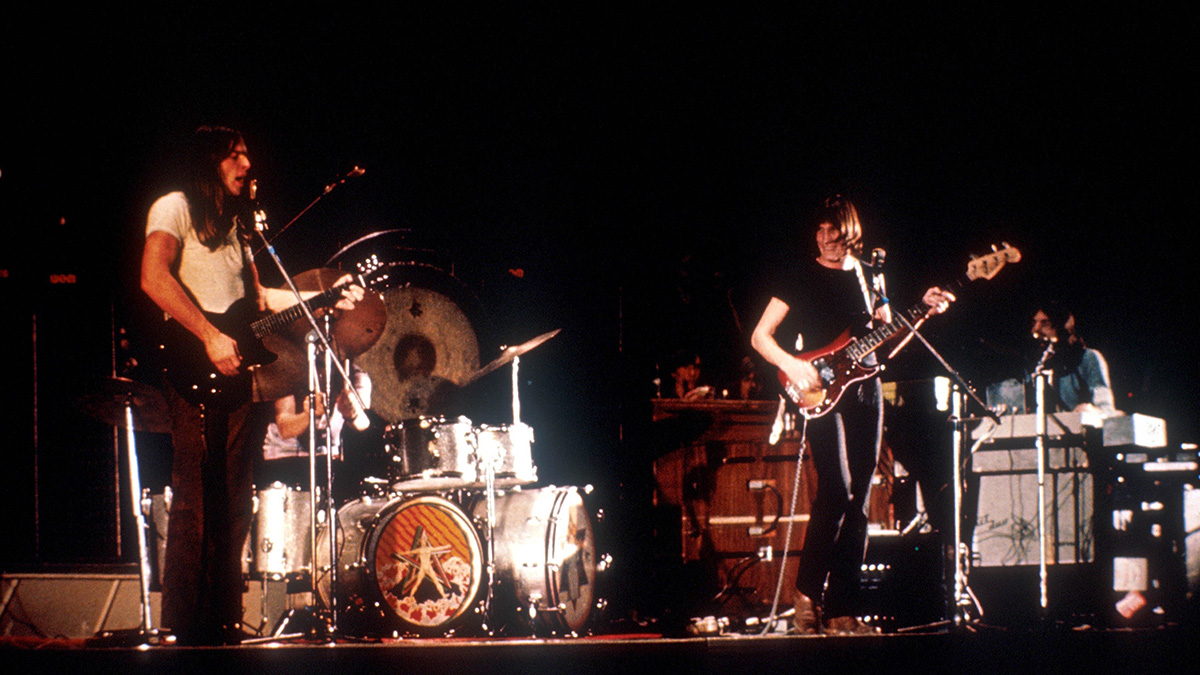“I wasn’t gifted with enormous speed on the guitar. There were years when I thought I could get that if I practiced enough. It wasn’t ever really going to happen”: David Gilmour explains the origins of his lauded ‘feel’ playing technique
In a new interview with Rick Beato, the Pink Floyd legend discusses the “David Gilmour effect” and picks apart his playing style, which has captured the hearts and minds of generations of guitarists

David Gilmour’s electric guitar and acoustic guitar playing has captured the hearts and minds of generations of guitarists. So what exactly is the secret to his emotive, quasi-storytelling-like style?
According to Rick Beato, it’s the “David Gilmour effect”, which, as he elaborates in his interview with the Pink Floyd guitarist himself, “is not a guitar thing. It’s not a pedal”. Rather, it’s something entirely intangible, unique only to Gilmour himself.
From his end, Gilmour states that his preference for this style of playing stems from the fact that he “wasn’t gifted with enormous speed on the guitar”, despite trying very hard to develop this skill during the earlier years of his career.
“There were years when I was younger when I thought I could get that if I practiced enough, but it wasn’t ever really going to happen,” he says. “Some of the influences on me, like The Shadows, were just playing a tune.
“I think I come from there: I’m just playing a tune. But obviously, when you’re whacked up to 150 dBs and you’re leaning against that wall of sound onstage, the tunes change a bit.”
His ample use of bending and vibrato lends itself well to his playing style – with tasteful use of the whammy bar and some old-school finger vibrato sprinkled throughout his most iconic solos and songs, including Hey You [from 1979’s The Wall], Time [from 1973’s The Dark Side of the Moon], Marooned [from 1994’s The Division Bell], and Shine On You Crazy Diamond [1975’s Wish You Were Here], to name but a (very) mere few.
However, Gilmour claims his vibrato technique is “a natural thing that’s developed over a long career”, and that both his fingers and the whammy bar are “working, hopefully, in cooperation with each other”.
Get The Pick Newsletter
All the latest guitar news, interviews, lessons, reviews, deals and more, direct to your inbox!
He adds: “There are moments when you get right up here somewhere [up the fretboard] and you’ve got a note and [I’m] quite fussy about over-eager vibrato from the guitar, and sometimes I just think a little thing [a bit of vibrato] just gives it a little bit of tone. And, I hesitate to use the word, refinement.”
In fact, in a 1994 Guitar World interview, Pink Floyd technician Phil Taylor commented on Gilmour’s now-iconic use of vibrato, saying, “It really is just his fingers, his vibrato, his choice of notes and how he sets his effects... In reality, no matter how well you duplicate the equipment, you will never be able to duplicate the personality.”
And while Gilmour is known for these expressive tear-jerkers, he admits that sometimes, while on stage, he still finds himself thinking that his solos are a tad too long.
“I’m just going on for too long. Time to stop,” he quips. “I just play until I think, ‘Oh, maybe we’ll end now.’ A lot of them have a musical cue. There’s one in Comfortably Numb and they [the band] all know the next one’s gonna be the end one.”
Gilmour has just wrapped up his Luck and Strange tour in support of the album of the same name. It’s the guitarist's fifth solo studio album, which he called “the best album I’ve made in all those years since 1973 when The Dark Side of the Moon came out.”
Janelle is a staff writer at GuitarWorld.com. After a long stint in classical music, Janelle discovered the joys of playing guitar in dingy venues at the age of 13 and has never looked back. Janelle has written extensively about the intersection of music and technology, and how this is shaping the future of the music industry. She also had the pleasure of interviewing Dream Wife, K.Flay, Yīn Yīn, and Black Honey, among others. When she's not writing, you'll find her creating layers of delicious audio lasagna with her art-rock/psych-punk band ĠENN.
“I heard the Money solo and thought, ‘This is amazing!’ So I sent David a telegram saying, ‘Remember me? I'm in a band now called Roxy Music’”: Phil Manzanera on his friendship with David Gilmour, and the key to the Pink Floyd man's unmistakable tone
“It’s really quite genius, but also hard to learn – it sounds insane, but sometimes the easiest songs still get me nervous”: Kiki Wong reveals the Smashing Pumpkins song she had the most trouble with











